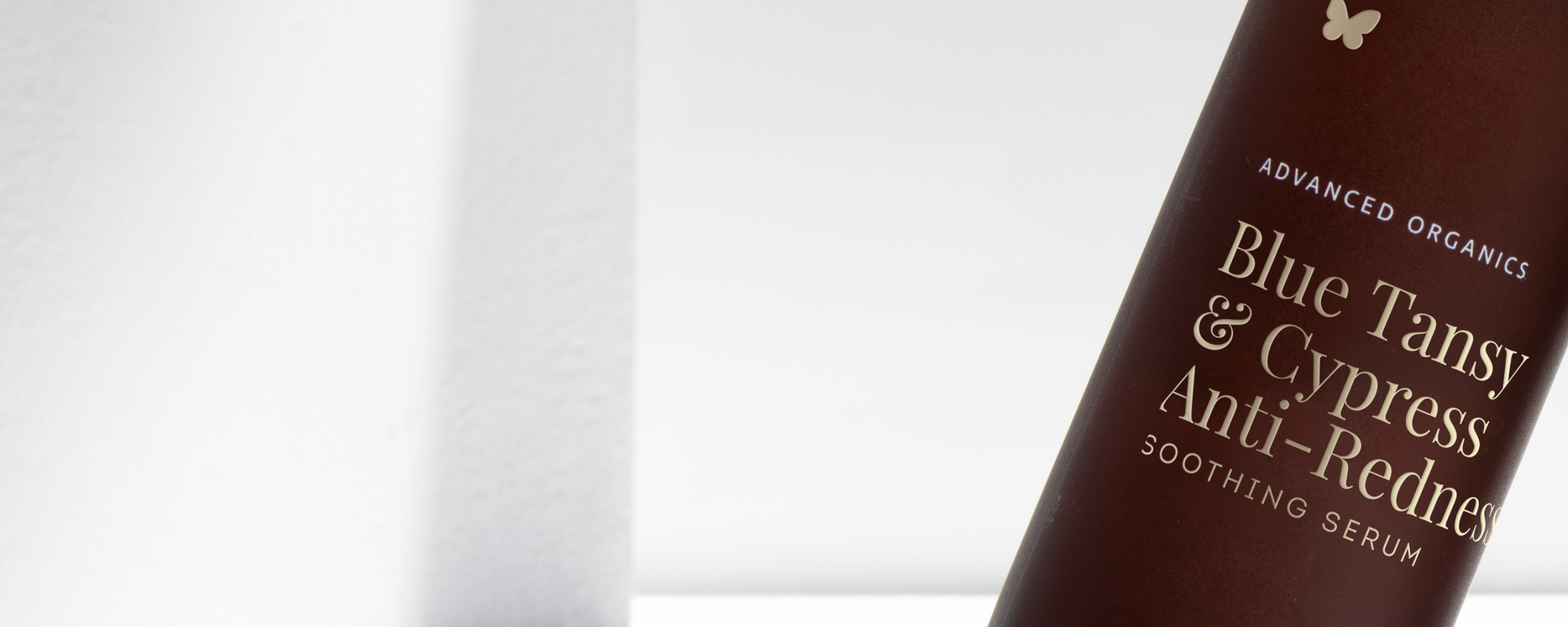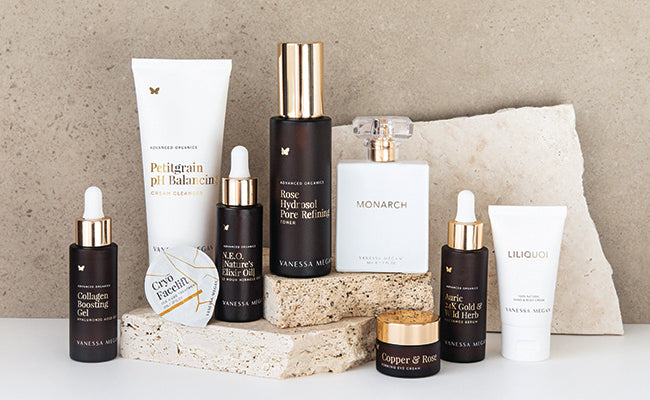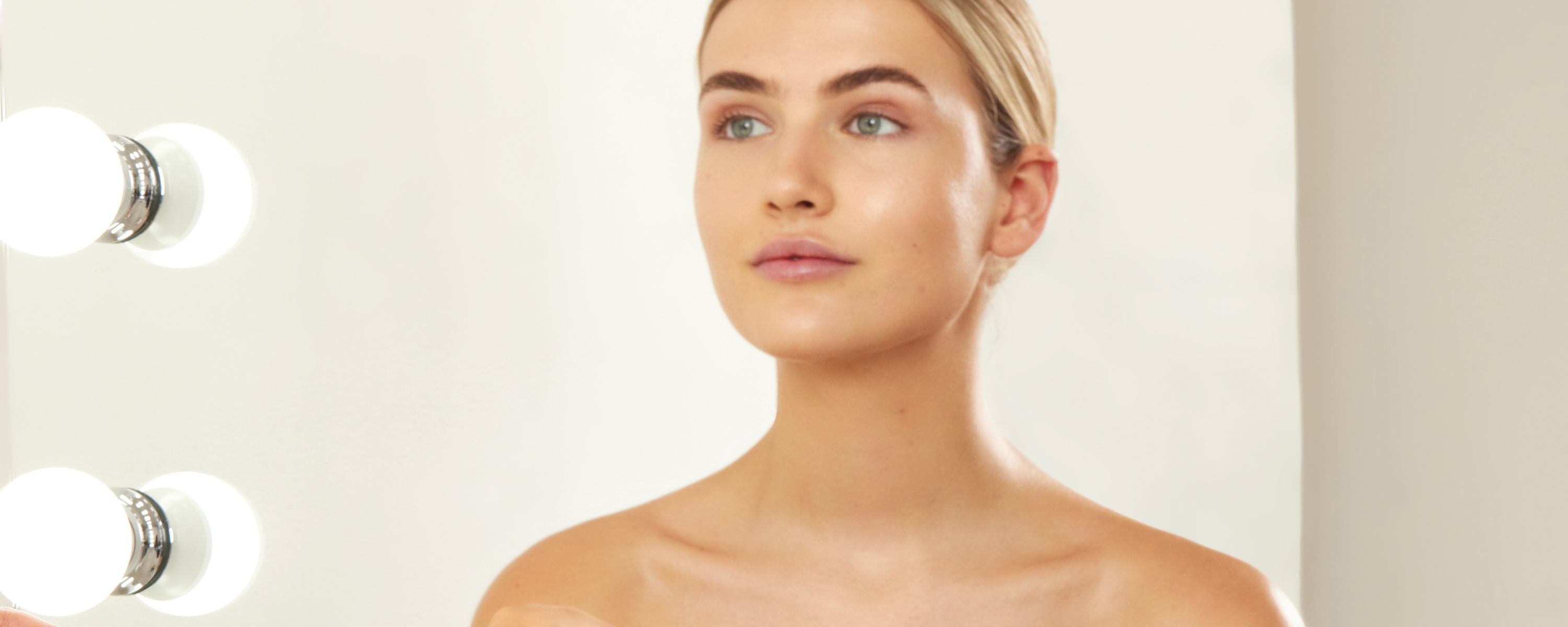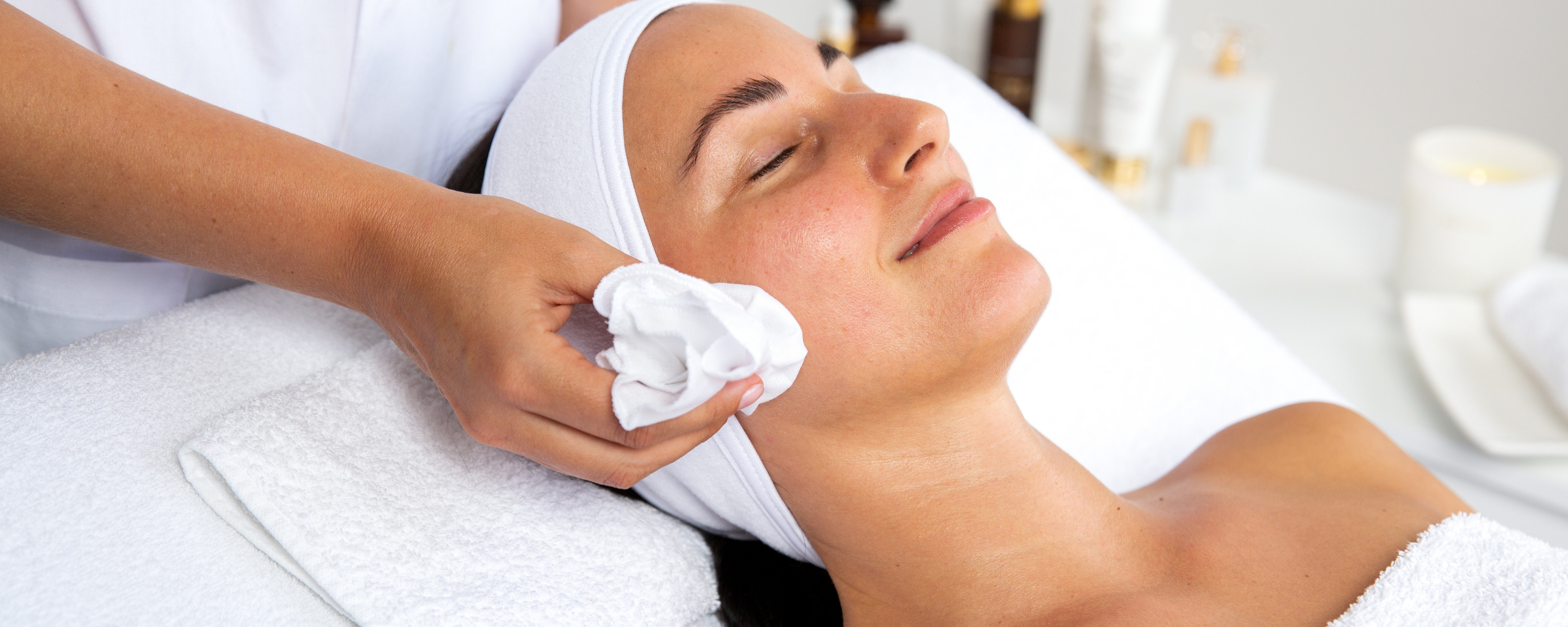
How do you clear Rosacea?
While it is clear that rosacea is linked to gut health, specific skin mites, genetics and environment, this still leaves sufferers to understand how to care for their skin while they are healing or when they have a flare up.
Rosacea and acupuncture
As rosacea is a chronic inflammatory condition, the predominant pathogenic factor is heat and acupuncture can be very effective at clearing this heat which, in turn, can help to reduce the physical symptoms. Traditional Chinese Medicine sees this as a stagnation within the body – potentially the gut – which will heal and cool when energy is allowed to flow freely again.
The acupuncture needles also encourage blood flow through the skin, discouraging thickening of the blood vessels and capillaries which can also cause redness and become visible. Some rosacea sufferers experience an immediate halt to flare-ups during an acupuncture treatment.
Topical applications
With skin that is sensitive to heat and cold, the sun and too many harsh chemicals, it can be hard to find a skincare routine that calms rather than inflames. It can also be tempting to do more for your skin, when what it really wants is a very simple routine, with fewer touchpoints.
At Vanessa Megan we know that Rosacea responds well when treated holistically from the inside out. We know that Rosacea inflamed skin is the result of internal health and we also know that rosacea skin concerns can be strengthened over time when the whole body is treated systematically.
It’s a case of calming the internal inflammation and strengthening the skin while minimising exposure to external factors. When treating these three elements in tandem the skin is given a rest from repetitive flare ups and is able to heal and strengthen over time.
Our clients who successfully manage their rosacea into submission make lifestyle changes in partnership with using our simple two-step Holy Trinity skincare system.
They report a reduction in symptoms after:
- Replacing sugar loaded alcohol such as wine and sparkling/ champagne with white spirits and mineral water
- Reducing sugar and wheat intake
- Protecting the skin from sun and wind
- Committing to a simple skincare routine
The Holy Trinity daily maintenance treatment has been successfully trialed and tested on rosacea sufferers during a national case study trial.

This completely natural and extremely simple routine features formulas best suited to target rosacea symptoms.
It is important to keep your skin clean but to use a gentle cleanser with only natural ingredients. It is extremely important to remove all of your cleanser too, as any excess products on the skin can cause inflammation. Do this with your fingers rather than cloths as anything that irritates your skin can cause a flare.
The Petitgrain Cream Cleanser is gentle, water soluble and removes makeup without upsetting the pH level of the skin. It also contains calming petitgrain oil and moisturing camellia oil.
An antibacterial, healing Rosewater Spray is mixed with 3-4 drops of our 12 hour miracle N.E.O. oil - formulated with vitamin A,K,E and F, Seabuckthorn (used by burns victims in Eastern Europe) and pumpkin seed oil to combat redness.
Serums: A great way to aid redness is also through cooling serums.
A serum that aids in dramatically reducing facial redness is the Blue Tansy and Cypress Anti-Redness serum. Containing anti-redness heroes Pumpkin Seed, Australian Blue Cypress and Hemp Seed Oil, this serum aids in relieving redness while cooling and soothing the skin.
Moisturisers:
Rosacea may make your skin either dry or oily, so it is important to find a gentle, natural moisturiser that gives you what you need.
Look for moisturisers with anti-inflammatory ingredients like chamomile, jojoba oil, white tea extract, lavender and sea-buckthorn oil.
Try the Rose & Calendula Moisture + Face Cream that replenishes, repairs and regenerates dehydrated, tired and sensitive skin. It is perfect for Rosacea as it contains powerful anti-inflammatory Hemp Seed oil and other nourishing ingredients that soothe and protect the epidermal layer.
As with any product, it is very important to patch test a moisturiser before using it over a highly-inflamed area of rosacea.
Sunscreen
It is vital with rosacea that you use a natural sunscreen daily, even in winter. The American Academy of Dermatologists recommends one with zinc oxide in it and an SPF of at least 30. Look for “fragrance free” rather than “unscented” as this is the purest SPF treatment for rosacea sensitive skin.
Foundation
Look for foundations that do everything for you, so that you don’t need to use too many products and look for natural, mineral based solutions with few ingredients (though if your foundation has a natural sunscreen in it, that will also help to cut out an extra product). When you choose a colour, look for foundations with a green base, rather than a rosy one as you will be toning down your red, rather than enhancing it. Look for soothing ingredients like argan, calendula and chamomile which soothes the skin while you cover it.
What to AVOID:
Irritants
Some of the most potent irritants are alcohol, artificial fragrances, glycolic acid, lactic acid, sodium laurel sulfate, urea and menthol, though even some of the more active natural ingredients can be too much for sensitive skin. Patch tests are always valuable for anyone looking after rosacea.
Exfoliants
It is wise to avoid exfoliants too, even natural ones unless you have carefully tested them on your skin.
With a disciplined approach, you will find that your rosacea condition can be contained so that you can feel confident and have incredible skin.
For more information about rosacea, we recommend the following professional and peer-reviewed sources:
The Australian College of Dermatologists - https://www.dermcoll.edu.au/
The Australian Family Physician Journal on Rosacea - https://www.racgp.org.au/afp/2017/may/rosacea/
T Weiss, Emma, and Rajani Katta. “Diet and Rosacea: The Role of Dietary Change in the Management of Rosacea.” Dermatology Practical & Conceptual7.4 (2017): 31–37. PMC. Web. 22 Apr. 2018. (available at the US National Library of Medicine) https://www.ncbi.nlm.nih.gov/pmc/articles/PMC5718124/




